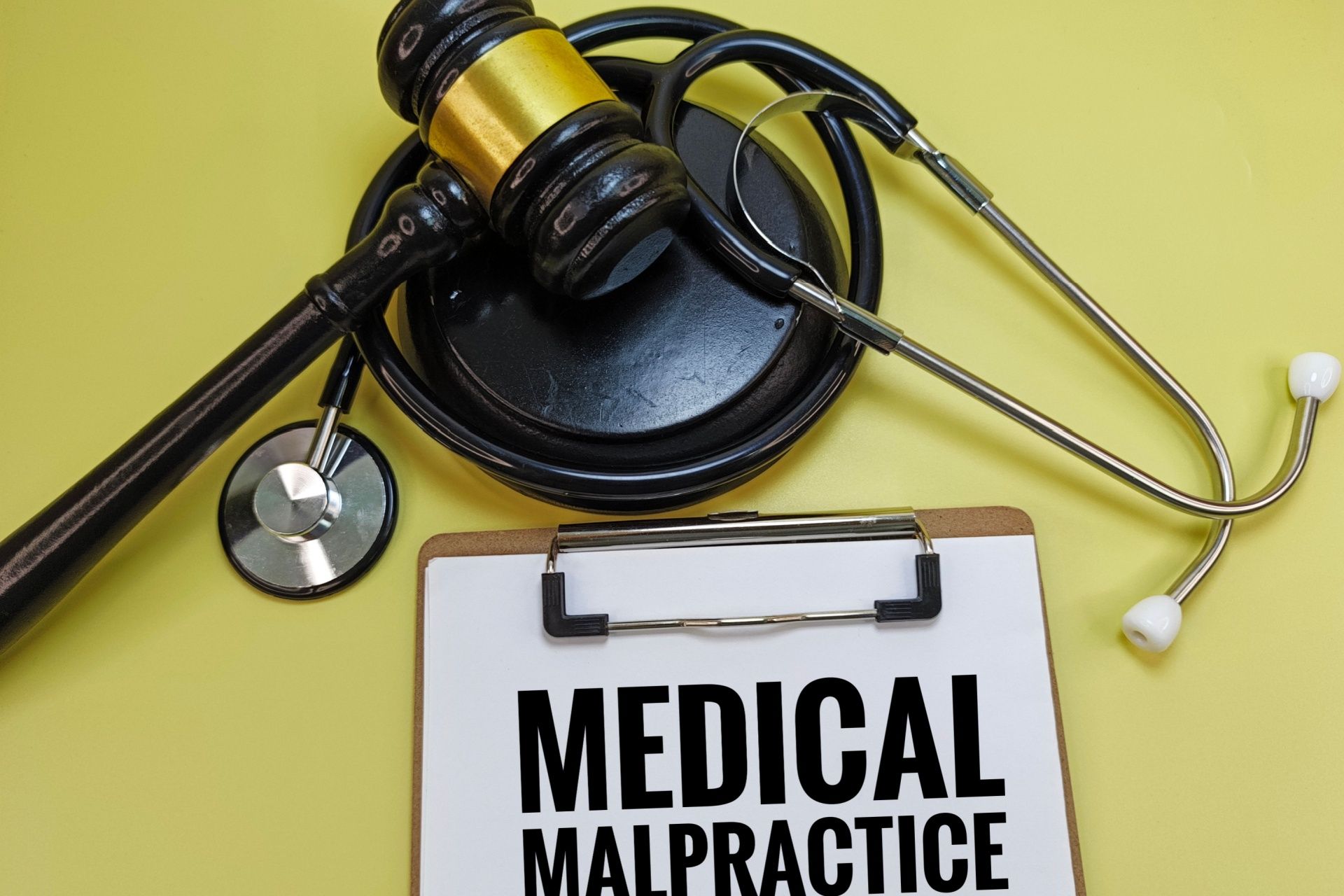Common Mistakes Defendants Make Regarding Damages in Personal Injury Cases: Lost Earnings Projections

Dr. Patrick Gaughan, a forensic economist with Economatrix, discusses ten common mistakes that the defense may make during the damages portion of a personal injury case. We’re exploring these ten mistakes in a series of five blogs this week.
Mistake #7: “Lost Earnings that are Projected at Too High a Growth Rate”
When the plaintiff’s side is building its case for damages it believes are due after a personal injury, the attorneys will often turn to professionals including medical experts, vocational experts , and economists to help them calculate what those damages should truly be based on the plaintiff’s lost wages. The defense may argue in return that the projected lost earnings are too high. But the defense does not always do this. Additionally, the defense may be wrong if it contends that the projected growth rate is too high. Vocational experts, along with economists, can clarify aspects of the case such as this for the judge.
Mistake #8: “Projecting Lost Earnings for Too Long a Time Period.”
Plaintiffs in personal injury cases may argue that they will need compensatory damages due to the injury suffered until age 65 or 70. This age is often called the plaintiff’s “work-life expectancy.” But the defense may argue that the plaintiff really shouldn’t be expected to work that long. Frankly, that’s the job of the defense. But the testimony of a vocational expert may help to prove otherwise. For example, a vocational expert can testify to the fact that the Social Security Administration recently increased the youngest age at which “Gen X-ers” (born between 1965 and 1980) can claim Social Security benefits to 67. Now that this is the case, it may not be that unusual to see people in this age bracket working until around age 70.
Vocational experts can testify to aspects of a personal injury case such as this, and many more, including workplace trends, expected changes in the job market, and whether an injured plaintiff may need to undergo additional training in order to return to work. It’s a good idea to retain a vocational expert if you are a plaintiff or defense attorney.
Occupational Assessment Services, Inc. (OAS) is one of the top companies providing vocational expert and life care planning services in the United States for plaintiff and defendant attorneys. We have extensive experience documenting the case damages in Personal Injury cases. Contact OAS at 800-292-1919 to discuss how we can help with your case.
Disclaimer: The information on this website and blog is for general informational purposes only and is not professional advice. We make no guarantees of accuracy or completeness. We disclaim all liability for errors, omissions, or reliance on this content. Always consult a qualified professional for specific guidance.








